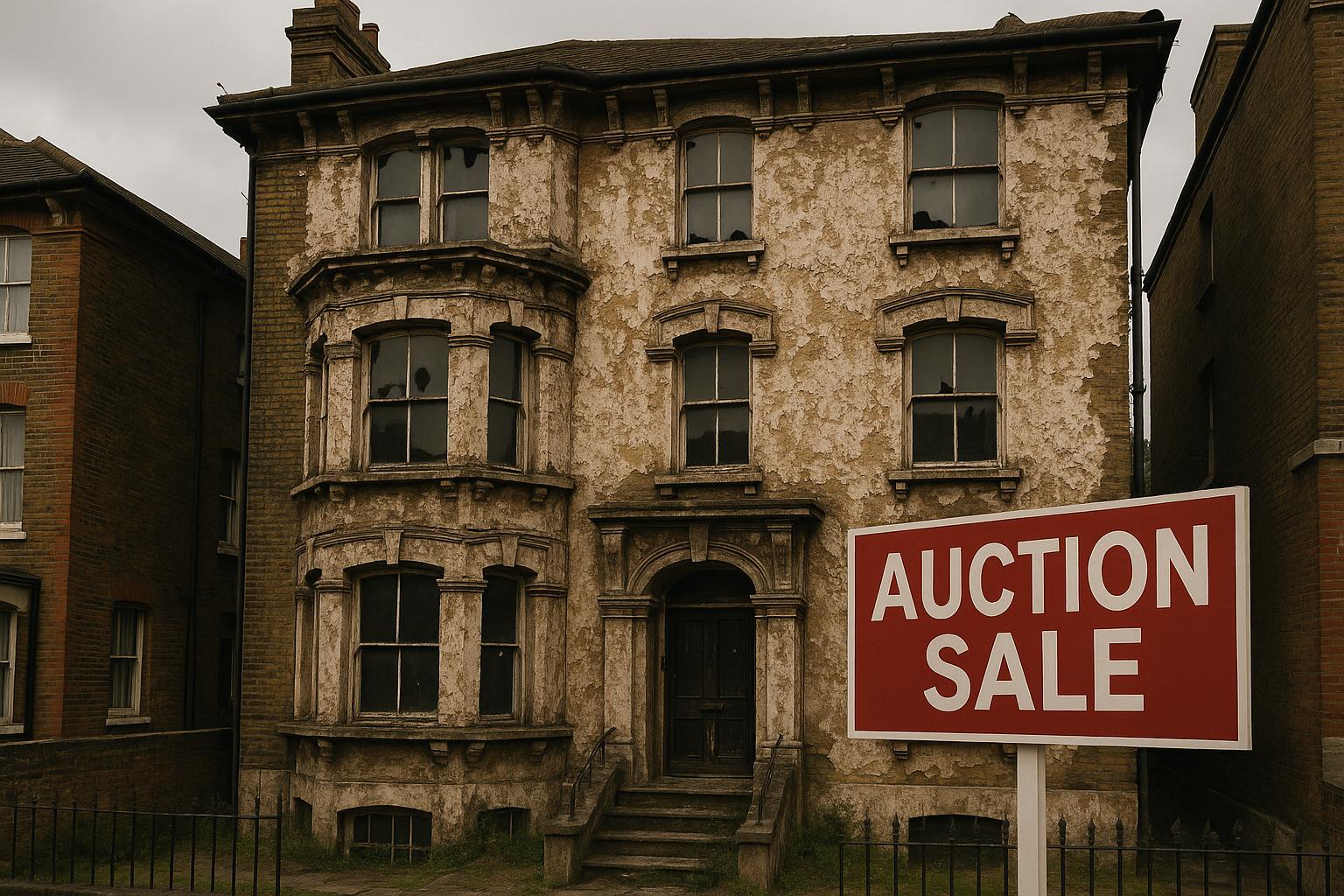YouTuber David Burnip, known as the Wandering Turnip, recently toured one of London’s cheapest homes, an 11-bedroom property in Lee listed at an astonishingly low guide price of £500,000. The estate agents assigned to the sale described it as needing a "full program of refurbishment" and hinted at its potential for development. However, upon seeing the property, Burnip was left utterly stunned by the dire state of the building. He recounted to his 149,000 subscribers that each floor grew progressively worse in condition as he ascended, encountering holes in the ceilings and living pigeons that had taken over the upper levels. On one floor, he found dead birds and a pervasive awful smell that left him "choking." Burnip described the experience as akin to stepping into a "horror movie," saying he had never encountered a property in London in such a deplorable condition, despite seeing worse homes in northern England—but those were priced at just a fraction of this.
Despite the property’s disrepair, it was snapped up at auction for £661,000, well above the guide price, which Burnip found bewildering. He speculated whether the buyer had actually viewed the home or simply relied on photos, noting the staggering premium paid for what remains a "spooky, disgusting" place. Some of his viewers rationalised that the price might reflect the value of the land and the opportunity for a profitable redevelopment, a common dynamic in London’s competitive property market where even dilapidated homes can command high prices due to location and potential.
The situation highlights the stark contrasts within the UK housing market. On one hand, properties like this Lee home show the challenge of affordability amidst severe neglect, especially in the capital, where prices remain inflated despite poor conditions. The average UK home price stands around £260,000, making the London figure here more than double that national average for a property in desperate need of complete renovation. On the other hand, such investments sometimes appeal to developers who see opportunity for transformation and higher returns, especially in areas primed for regeneration.
This contrasts with other parts of the country facing different issues. For example, the seaside town of Horden in County Durham, once a thriving mining community, now suffers from widespread economic decline and boarded-up streets, with properties selling for as little as £5,000. The diverging real estate fortunes underscore regional disparities driving UK property values and the varying nature of housing challenges from urban centres to post-industrial towns.
Meanwhile, unique properties like the Water Tower in Culford, Suffolk, illustrate how distinctive buildings can fetch substantial sums once converted and modernised, having been purchased for £500,000 in 2010 and later listed for £1 million. This demonstrates the potential upside for buyers willing to undertake extensive refurbishment.
The auction market itself continues to offer a wide array of opportunities and challenges, ranging from unusual properties to contemporary art, attracting diverse buyers and investors. Auction catalogues show strong demand and a healthy success rate, with many lots selling above initial guide prices, reflecting resilient interest despite broader economic concerns.
In sum, the Lee property exemplifies the complexities of the London housing market where low-priced homes may conceal significant issues, yet still attract high bids thanks to their potential or location. It also serves as a stark reminder of the balance between affordability, investment opportunity, and the harsh realities of urban decay.
📌 Reference Map:
- Paragraph 1 – [1], [2]
- Paragraph 2 – [1], [2]
- Paragraph 3 – [1], [2]
- Paragraph 4 – [3]
- Paragraph 5 – [4]
- Paragraph 6 – [5], [7]
Source: Noah Wire Services
